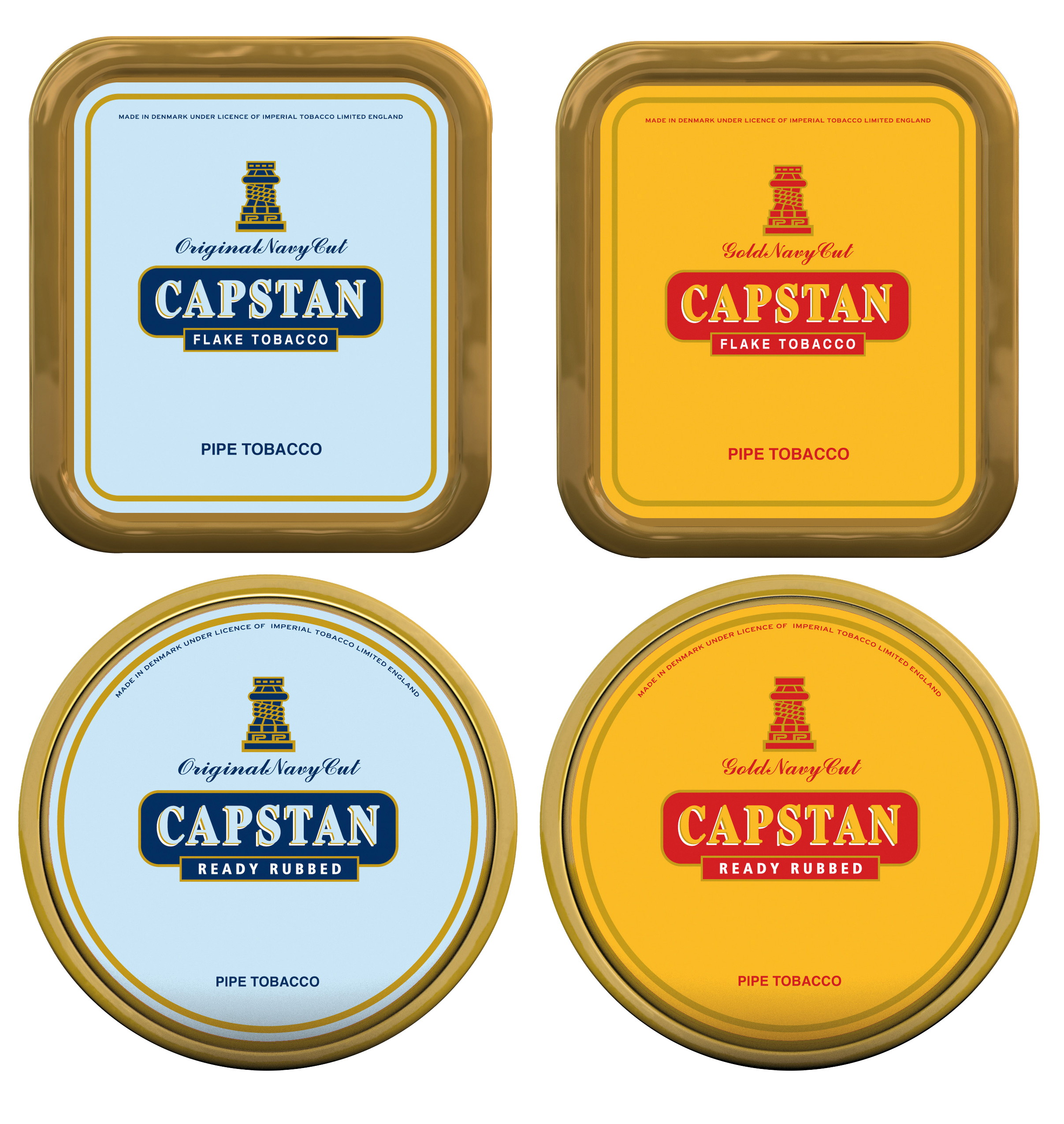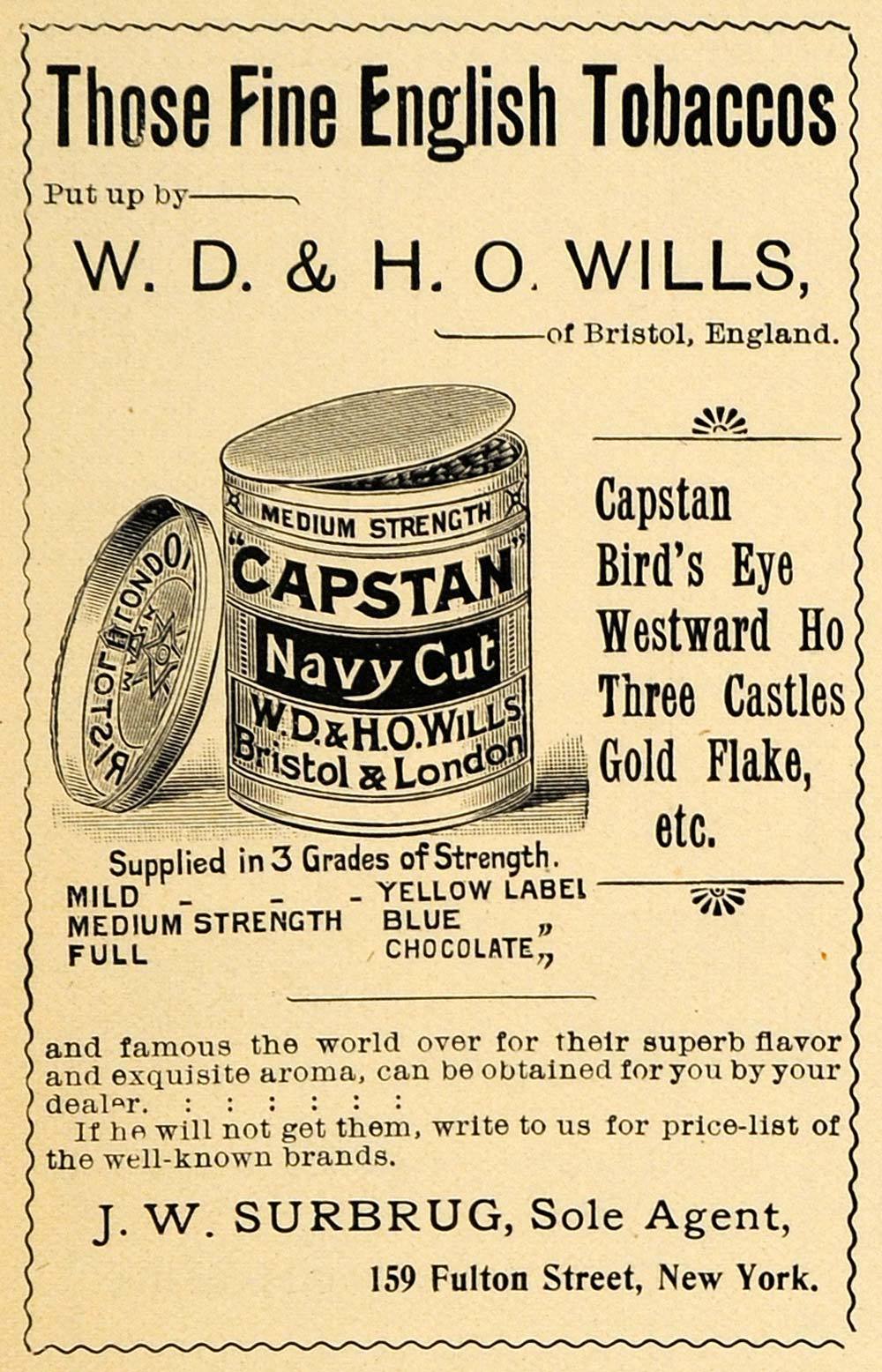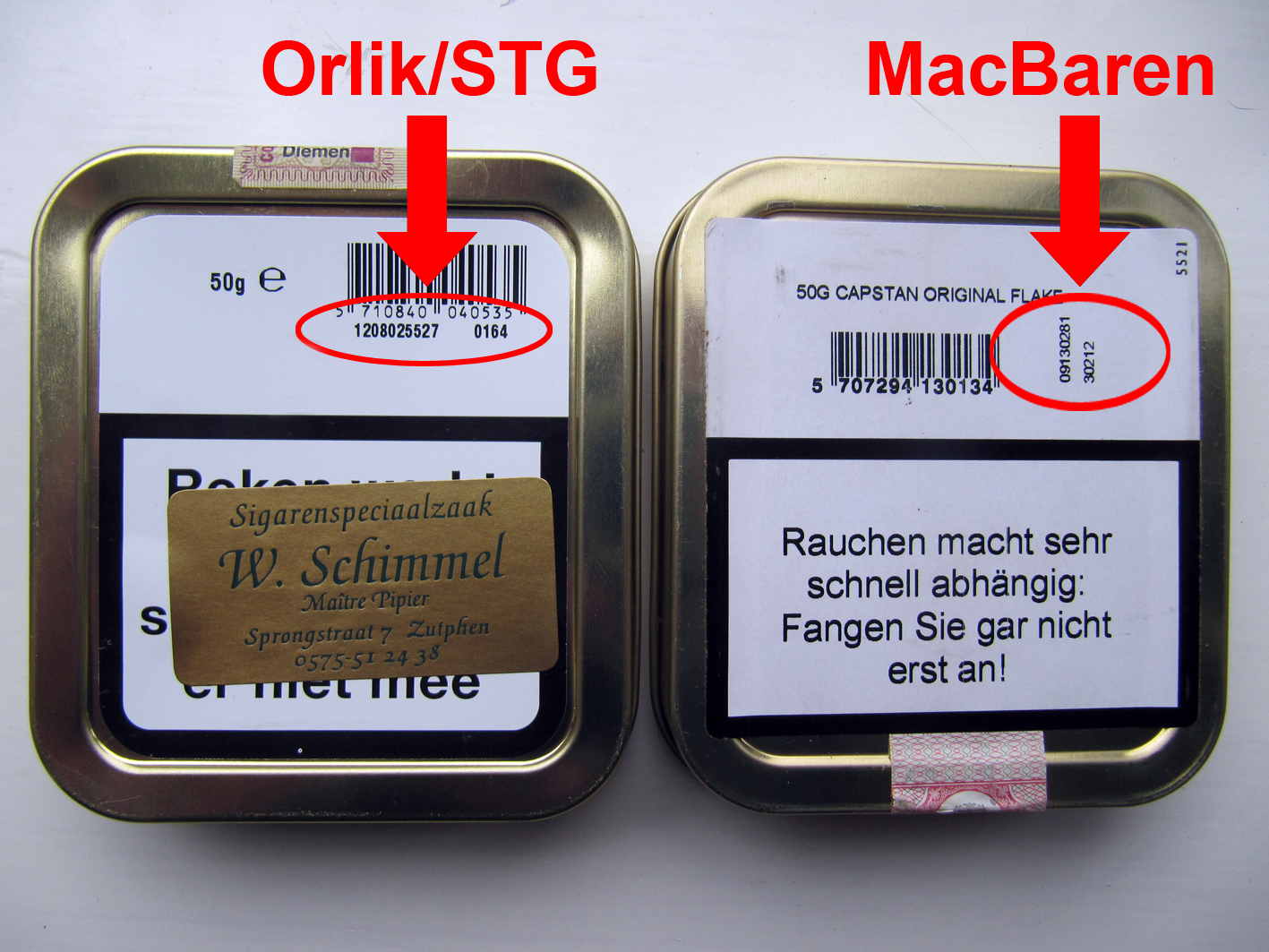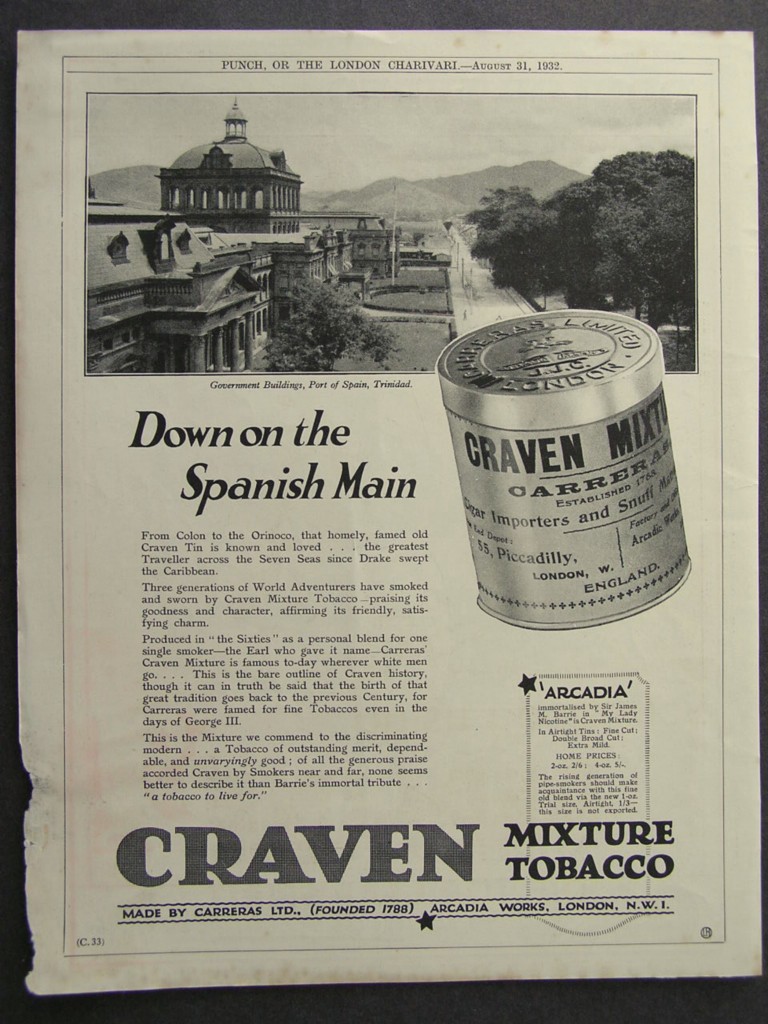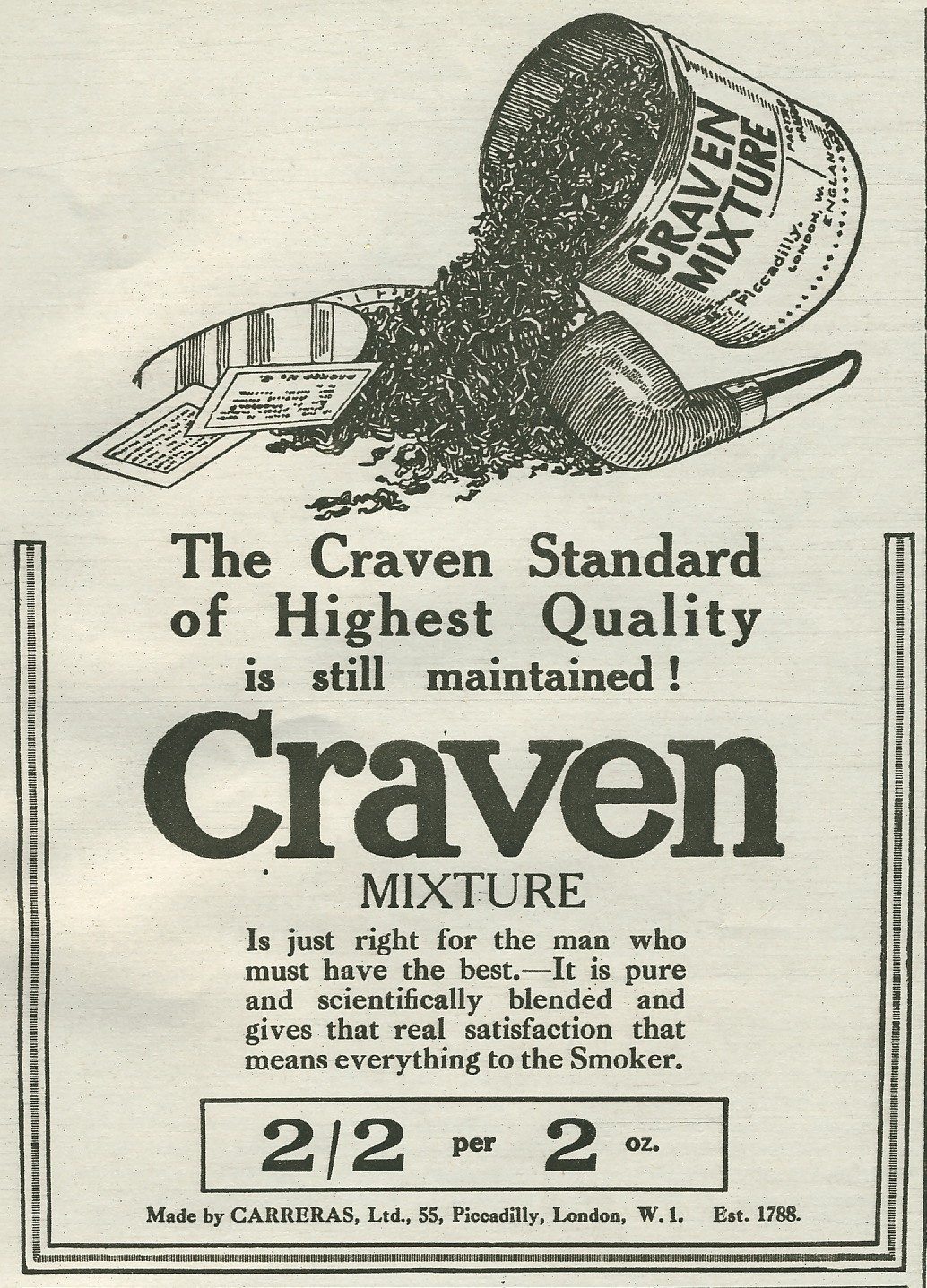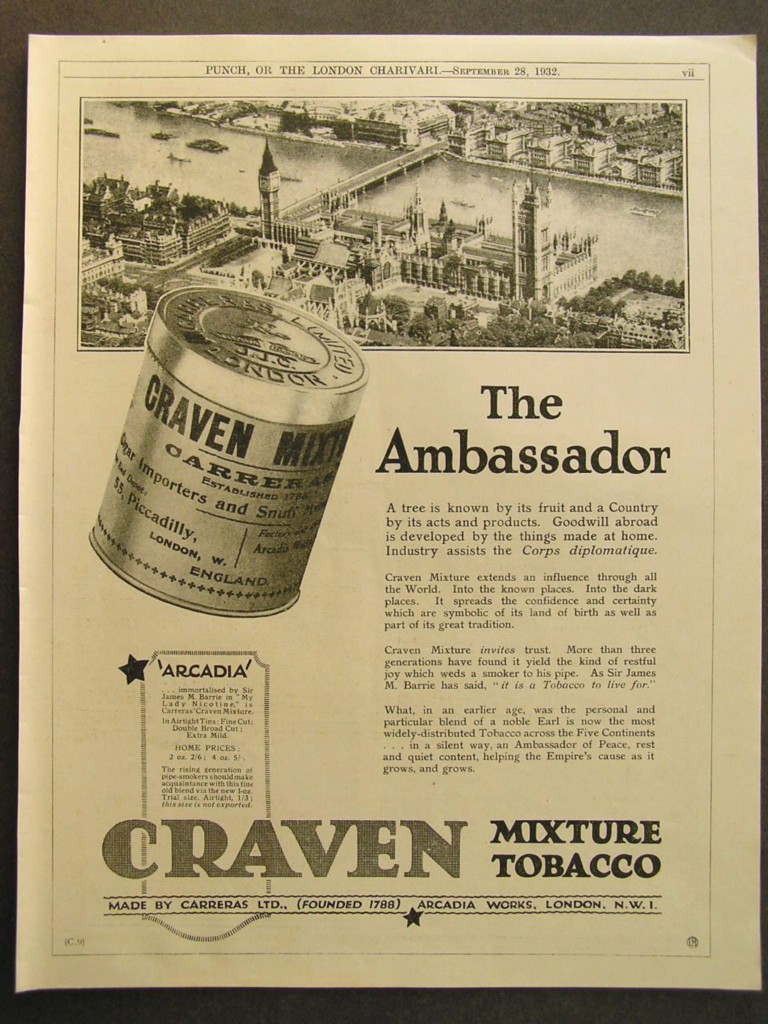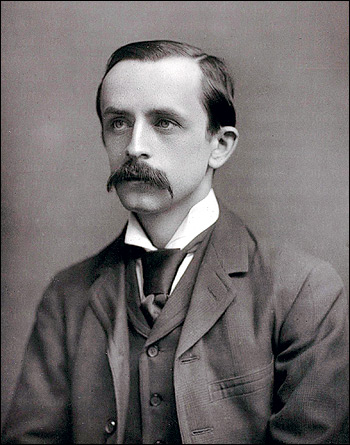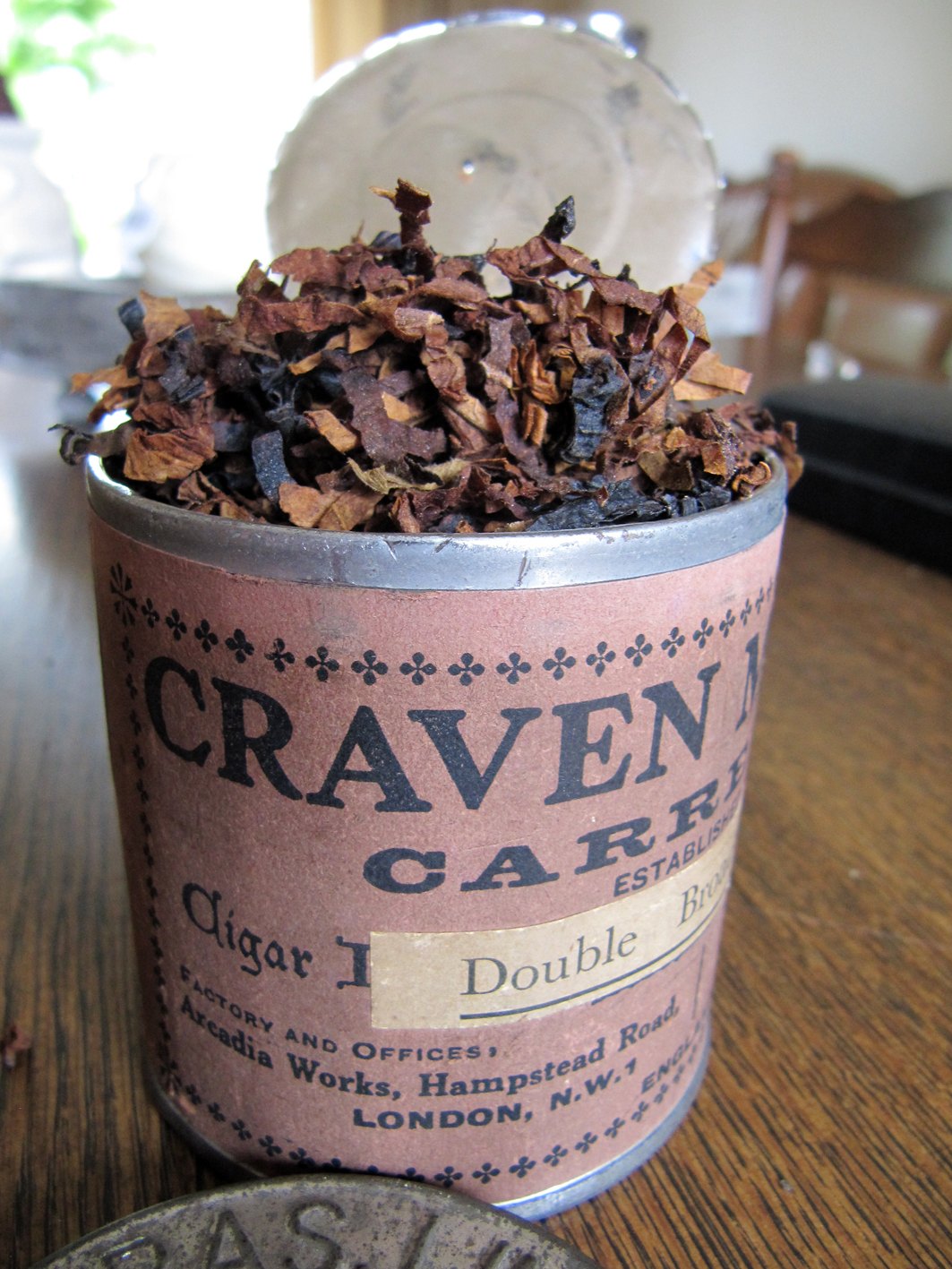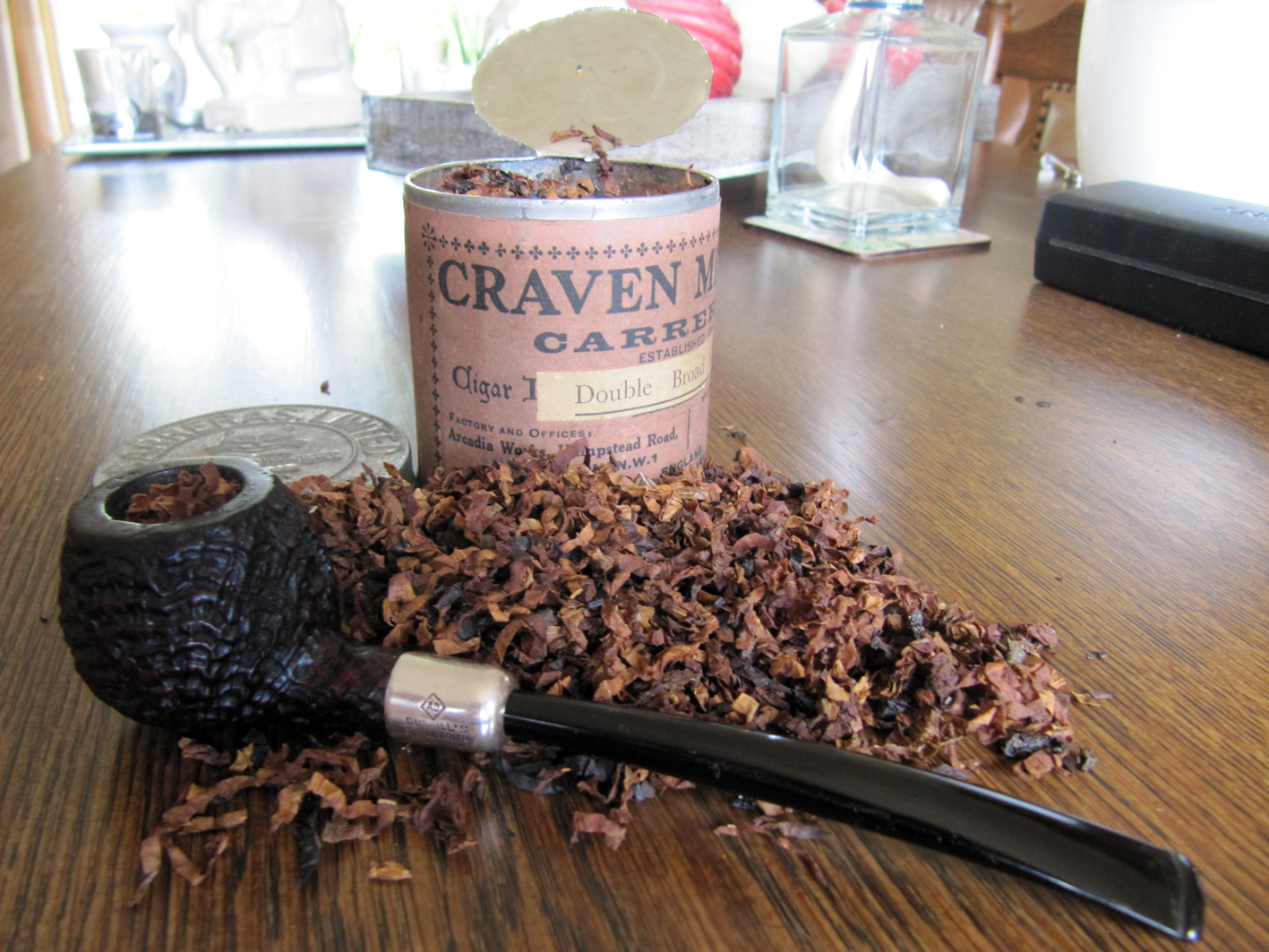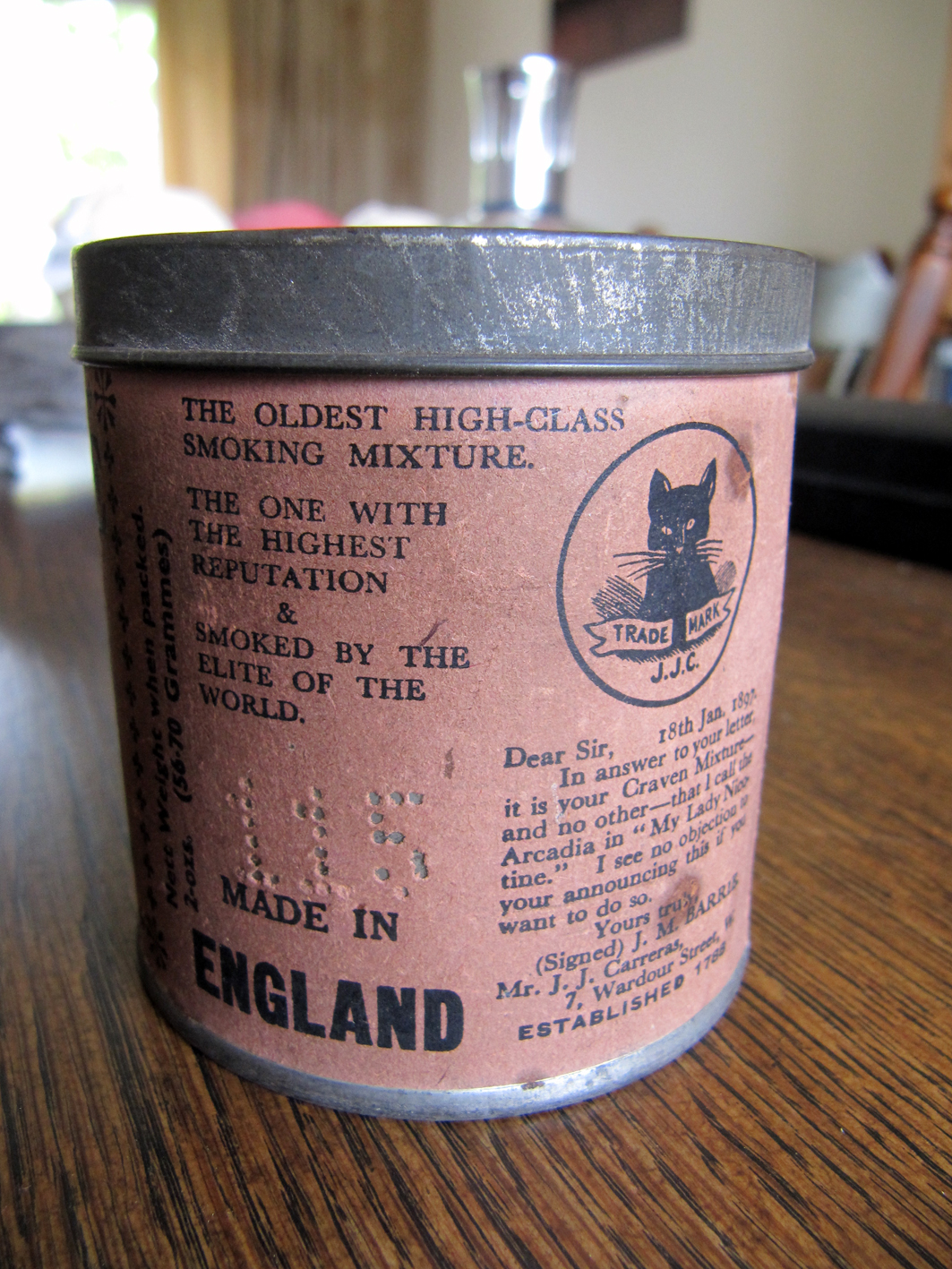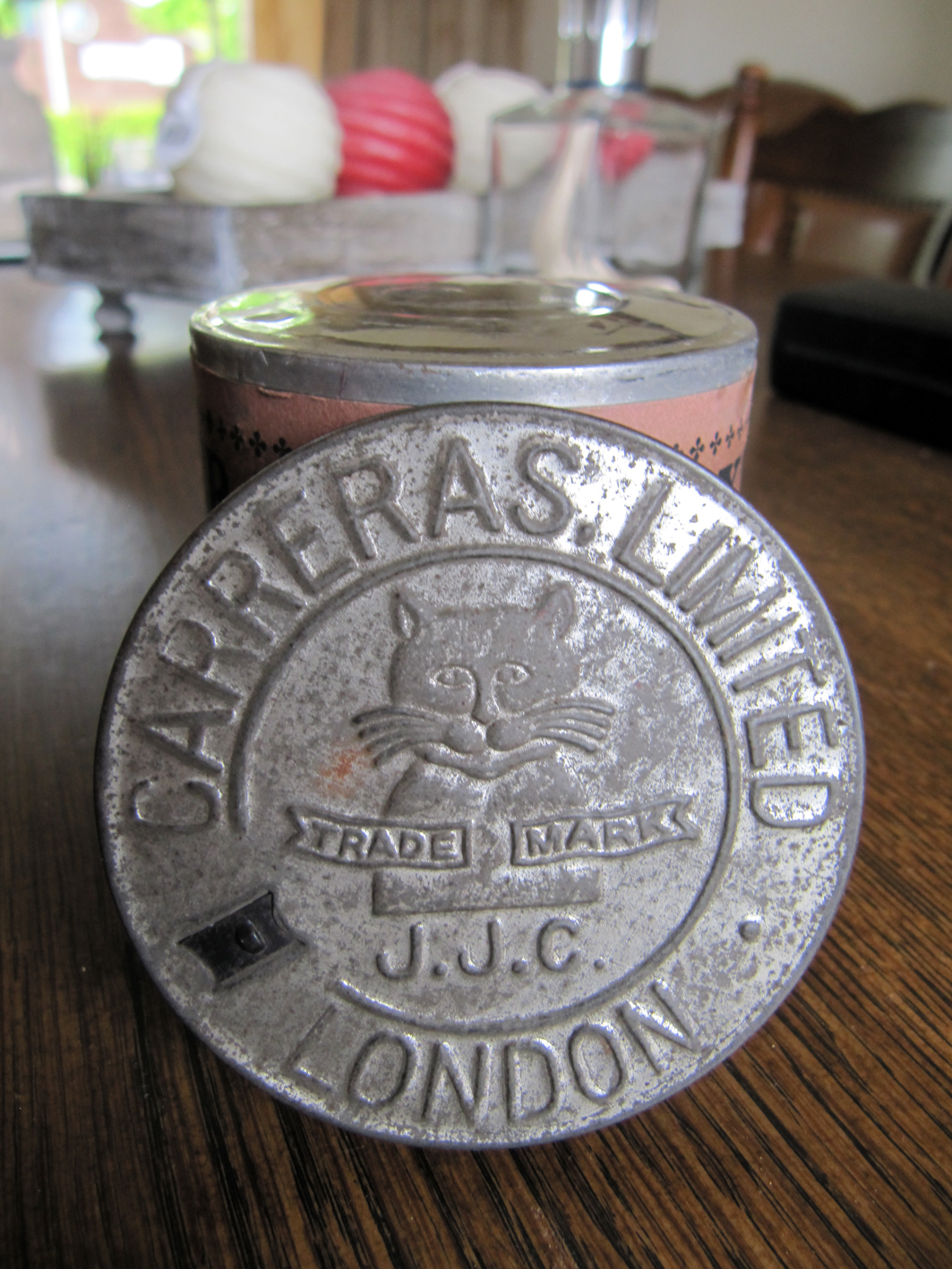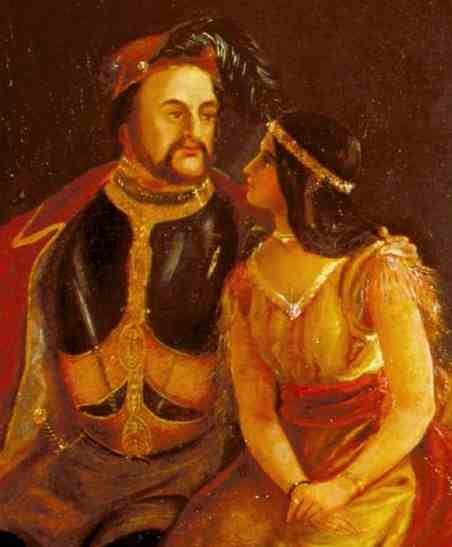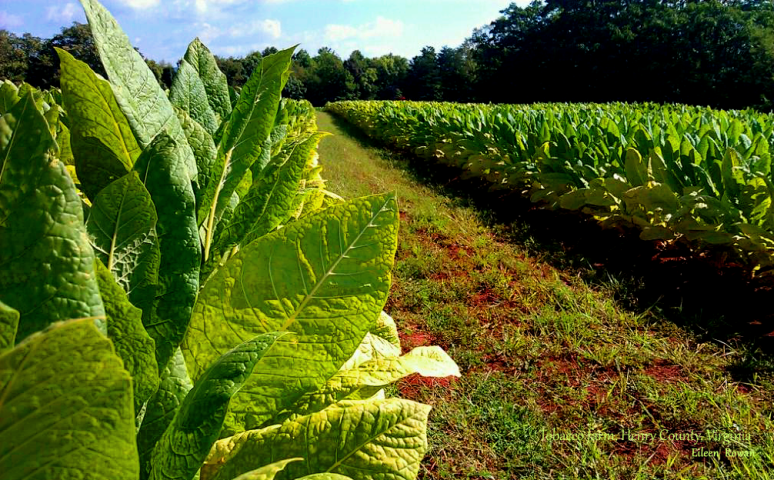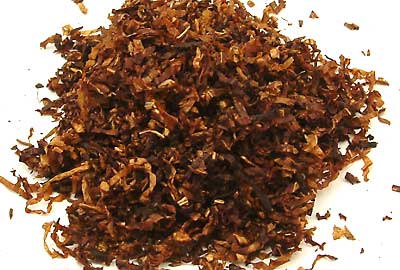The Rustica story begins
For me this story began at the Inter Tabak fair in Dortmund last year. Or better said, in a private room in the nearby Dorint hotel, only a short walk from the Westfalenhallen. There the mighty MacBaren was holding court and when the doors swung open we were warmly greeted by product manager / master blender / tobacco ambassador Per Jensen. One of the highlights of the conversation we had was when he produced a blank tin while telling that it was another project on which he was working. It was a blend which also contained the powerful, vitamine N rich Nicotiana rustica. He asked me to smoke it, a prototype, which I did in a small pipe. Of course I said it was good but the truth was that my tasting palate was totally shot after a day of smoking at the Inter Tabak. Not to mention my stomach was pretty empty so the nicotine wreaked havoc on my body. I did not finish the bowl. But I made a firm mental note to keep an eye out for it in the time to come. It had certainly piqued my interest. I mean, I had Nicotiana rustica before in the shape of snuff (Toque USA Whiskey & Honey, which kicked like a mule) but never as a pipe-tobacco, unique!
 Ancient “creative” uses of tobacco
Ancient “creative” uses of tobacco
Most tobacco consumed by us humans is from the Nictotiana tabacum variety, a tall broad leafed plant. Nicotiana rustica looks alike but is shorter with slightly thinner leaves. Both species are native to the Americas where mankind stumbled upon them roughly 18,000 years ago. But the first area where tobacco was cultivated was the Peruvian/Ecuadorean Andes around 5000-3000 BC. Throughout the years the use of it moved northwards. It was used by all kinds of cultures and civilizations for all kinds of purposes in all kinds of ways. For rituals but also purely for personal pleasure. I can’t begin to describe how “creative” the South-American tribes were in the use of tobacco. It was chewed, snuff was made out of it, it was smoked in the form of cigars or in pipes etc. Even some kind of tea was made of it which would be “drunk” anally with the help of a clyster/enema, like a bulb made of animal skin and a tube made of bone or reed. Or a man would flay his gentleman sausage and soak up the blood in pieces of paper or strips of cloth, add some tobacco and then burn it as an offer to the gods. I am glad that nowadays we only smoke, sniff or chew it orally…
The savior: John Rolfe
By the time Columbus discovered America in 1492 tobacco had reached every corner of the continent. At 14 May 1607 a group of settlers from the Virginia Company of London established the Jamestown settlement in the Colony of Virginia. In May 1610 John Rolfe arrived there after a long and difficult journey and he was shocked by what he found. The Virginia Colony was almost destroyed by famine and disease. They had tried selling the local tobacco smoked by the Powhatan and Chesapeake Indians (hint: that was Nicotiana rustica) but the settlers themselves and more important the English market did not like it. It burned poorly and hot, tasted bitter and was very strong. THE tobacco back then was called “Spanish Tobacco” (Nictotiana tabacum) because Spain had the monopoly on it. But somehow John Rolfe had obtained seeds of the Spanish Tobacco, even though Spain had declared a death penalty to anyone selling such seeds to a non-Spaniard. In 1611 he was the first to commercially grow Nicotiana tabacum in North-America. And in 1612 the export of this sweeter tobacco, called “Orinoco” by Rolfe, made the Virginia Colony a success. And what about the Nicotiana rustica? Well, it still exists today, it is known as ucuch in southern Mexico, mapacho in South America, thuốc lào in Vietnam and makhorka in Russia. Also it is used for Swedish snus and chew bags.
Backstory
And those snus and chew bags is where the MacBaren part of the story begins. It is damn difficult to make a decent pipe-tobacco out of Nicotiana rustica. But at the end of 2018 MacBaren began producing chew bags. The ingredient was Nicotiana rustica although different from the original tobacco smoked by the Indians. These leaves were sun-cured which means there is more sugar in them. It was then that the idea sprang into Per’s head to create a blend from the original tobacco that made smoking popular in the Western world. But the journey was long and difficult because he did not know how to combine the rustica with other tobaccos, a process of experimenting, trial and error. In the end a dark air and fire cured Virginia in the style of the old colonists was used, which was a big step forwards. The use of some modern Burley to balance out the tobaccos was the final ingredient. Last but not least the result was steam-pressed, so all the flavours could optimally meld together, and cut in flakes.
 Package / tin:
Package / tin:
MacBaren Rustica comes in a pretty plain flat 50gr. tin with artwork in the vein of the other HH blends. You see the MacBaren lions on a dark background with in the middle the HH logo with underneath it “Rustica, hot pressed flake”. My tin is German and on the backside it says (translated): In order to make this strong pipe-tobacco Nicotiana Tabacum and Nicotiana Rustica are being blended together. Since the beginning of pipe-smoking in the 17th century this style of tobacco is rare. The tobacco is being hot pressed to let the natural aromas blend together perfectly.
 Contents / Cut / Ingredients:
Contents / Cut / Ingredients:
As I open the tin I am greeted by a classy golden MacBaren wrapper. Inside that are neatly stacked thin brown flakes with lighter spots throughout them. One thing I have never seen before, the top flake is laid down diagonally. The ingredients are of course Nicotiana rustica, dark air and fire cured Virginias and modern Burley.
 Smell from the tin:
Smell from the tin:
When I first opened the tin the flakes smelled like fermented straw (cattle feed) with a slight sour funky undertone. I liked it because it immediately transferred me back to my youth and the farm of my uncle and aunt. However, when I now smell the remaining flakes it is more earthty, woody and I detect a faint BBQ odour.
 Taste:
Taste:
First of all I have to honestly admit that I am a bit of a Burley noob. For some reason I rarely smoke the stuff and mostly stick to English / Balkan / Virginia / VaPer blends. And boy, am I at a loss! I was honestly positively surprised when I first lit up Rustica. I expected a full assault of pungent tobacco taste but instead it was, ok, still bold, but round, creamy, cool and inviting. Taste-wise I noticed earth, wood, nuts (sometimes even a bit almond-paste like whiffs), toast with unsalted butter, roast and the gentle perfectly dosed sweetness of the Virginia. There is no roller-coaster of tastes throughout the bowl like with a good Balkan. But in the last half the flavours intensify a bit, more wood, more toast, more pure robust tobacco taste while the Virginia sweetness remains until the end.
 Miscellaneous:
Miscellaneous:
Because of the steam-pressing Rustica is smooth like Ellen her buttocks after a hot shower. Of course when smoking I tried to put the pedal to the metal several times by puffin’ really hard but no bite, it keeps smoking cool. The flakes are moist but immediately smokeable from the tin. Fold them or break them into smaller pieces. I choose the latter method. Make sure to not pack the bowl too tightly and try not to tamp too much during the smoke. Now nicotine… Whoooaaaaa….. Nicotiana tabacum leaves have a nicotine content of about 1 to 3%. Nicotiana rustica leaves contain 9%! The curing and steam-pressing processes made the rustica somewhat friendlier but still.. The only way I could smoke and enjoy it was in a small pipe (Dunhill group 1-3) right after dinner with a sweet beverage beside me to counteract vitamin N effects. Then there is the “Limited Edition”. USA pipe tobacco giant Smokingpipes.com says that only 7100 tins of this special edition blend were produced worldwide. Uhmm… My German tin does not mention any kind of limited edition. After some careful reading I found out, the limited USA version is 3.5 oz (about 100 gr.), the regular not limited German version is 50 gr.
 Room-note:
Room-note:
This is a strong tobacco and has a strong room-note. Most noticeable by the fact that when I had smoked it in the evening Ellen used the Lampe Berger the next morning.
 Price:
Price:
In Germany you pay €12,- for a 50 gr. MacBaren Rustica tin. In the USA you pay $21,- for a 3.5 oz.
 Conclusion:
Conclusion:
MacBaren Rustica really surprised me taste-wise in a very good way. Loved it! Robust, bold, strong, yet refined flavours that make you look out to smoking a bowl of it. Technically it also is a very good flake, well made and when properly handled it burns ok. My own personal concern is the level of nicotine. Each time I smoked it it was like stepping into the ring with Muhammad Ali. You know you are going to be knocked-out but when… All you can do is make the proper preparations, sit back in your favourite chair, brace yourself and go ahead. I swear I grown some extra chest-hair in the past weeks! For some reason when smoking this, perhaps it is the flavour or the hallucinative rustica, I imagined myself sitting on the porch of some farm-house looking out over the fields. Ha! If the Vikings had MacBaren Rustica they would have stayed at home with their blond wives instead of trying to conquer Europe!




